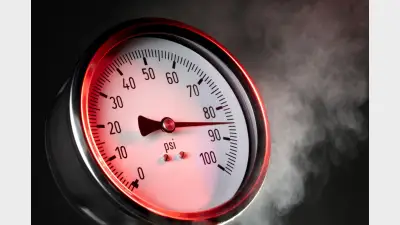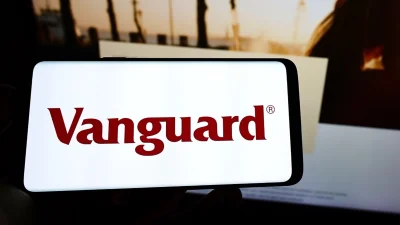The biggest losers and winners for 2017



[[{"fid":"30069","view_mode":"default","fields":{"format":"default"},"type":"media","attributes":{"alt":"The biggest losers and winners for 2017","class":"media-element file-default"}}]]
The winning stocks from the past five years, will be the biggest losers going forward, with some big names set to tumble, according to international fund manager, T Rowe Price.
The firm said it’s because, high yield and high price-to-earnings ratio stocks, would be derated as companies capital costs’ rise.
T. Rowe Price, head of Australian equities, Randal Jenneke said, both high yield and high price-to-earnings were the biggest winners as bond yields fell to zero, to a 500 year low.
“But now as bond yields rise, as the cost of capital rises this part of the market is most vulnerable. That’s where we see the biggest change in valuations”.
“So we fully think that names like Transurban, Telstra, they are the ones that will see the biggest underperformance and then the high PE part of the market as well, as valuations come under pressure”.
Randal said investors and advisers should also be weary the stock, Domino’s Pizza. Aside from that, utilities, infrastructures and Telcos would also struggle.
But when it came to stocks on the rise, the new winners in ‘this new reflationary type environment’, would be things financials and industrials, he said.
“And things like global ‘cyclicals’ (sic) and commodities”.
“So really what we’ve been doing is to move more overweight financials, and in particular the banks, and also industrials and mining stocks’.
Those sectors, along with exposure to the US, would be source of strength over the next two years, and beyond. But if you wanted to get stock specific, T Row Price said it had been snapping up ANZ and Rio Tinto, as their balance sheets and stock prices flexed their muscles.
“What we like about ANZ is that they changed their strategy. They’re moving out of Asia which is a very low returning part of their business. Bringing capital back to Australia which is a higher returning part of their business. And also they’ve rebased their dividends. So organically they are going to generate capital”.
Click to compare T. Rowe Price's Australian Equity Fund to its index.
Recommended for you
Natixis Investment Managers has hired a distribution director to specifically focus on the firm’s work with research firms and consultants.
The use of total portfolio approaches by asset allocators is putting pressure on fund managers with outperformance being “no longer sufficient” when it comes to fund development.
With evergreen funds being used by financial advisers for their liquidity benefits, Harbourvest is forecasting they are set to grow by around 20 per cent a year to surpass US$1 trillion by 2029.
Total monthly ETF inflows declined by 28 per cent from highs in November with Vanguard’s $21bn Australian Shares ETF faring worst in outflows.










